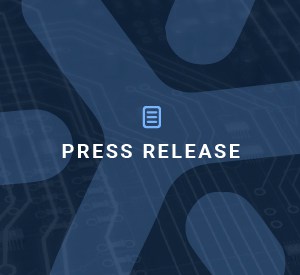DingoBorat
Slim
"The forthcoming MI300-series data center chip combines a CPU with a GPU. “We actually think we will be the industry leader for inference solutions, because of some of the choices that we’ve made in our architecture,” says Su"Sounds like they're all about to give NVIDIA a run for their money.......Interesting timing wouldn't you say?
SOMEONE'S IP IS LEVELLING THE PLAYING FIELD. I BELIEVE IT'S OURS.
If not ours then who's? No one else has the capacity to be that disruptive.
And let's not forget the fact the BRN have had a KNOWN RELATIONSHIP with XILNIX the company AMD bought out and claimed they were developing their new chips based on.....
THIS is why our share price is being fkd with so much
THIS is why I keep telling myself if i hold long enough, it will all be worth it.
Opinion only. Dyor.
-------------------------------------------------------
“I think this is an opportunity for us to write the next chapter of the AMD growth story,” Su told Fortune in a mid-September interview. “There are so few companies in the world that have access to the [intellectual property] that we have
**(3rd party IP!!)**
and the customer set that we have, and the opportunity frankly to really shape how AI is adopted across the world. I feel like we have that opportunity.”
The forthcoming MI300-series data center chip combines a CPU with a GPU. “We actually think we will be the industry leader for inference solutions, because of some of the choices that we’ve made in our architecture,” says Su.
Morningstar’s Colello agrees that the market is evolving—and isn’t counting out AMD nemesis Intel’s own efforts to challenge Nvidia with its new AI processors, Gaudi2 (for training) and Greco (for inference). “There’s naturally plenty of incentive for all of these companies to not be beholden to Nvidia, and to want more competition, and to write the software and transfer the models and take all the steps necessary to ensure a healthy ecosystem that includes Nvidia plus AMD plus perhaps Intel and also their own internal chips that they’re all developing,” he said.
View attachment 46500
It may be hopeful, but it is possible, that some of the above information, is a "Red Herring" or a misleading statement..
“There are so few companies in the world that have access to the [intellectual property] that we have"
Your "hook" could refer to us, but I'm hoping "so few" will end up not being the case..
Or a least a big enough "few"..
The answer to the question, of could AKIDA in such an A.I. application, make AMD, potentially an "industry leader" is obviously yes.
But there is a tonne of brilliant IP out there, this is definitely a bone, hopefully we'll see some meat on it soon..



